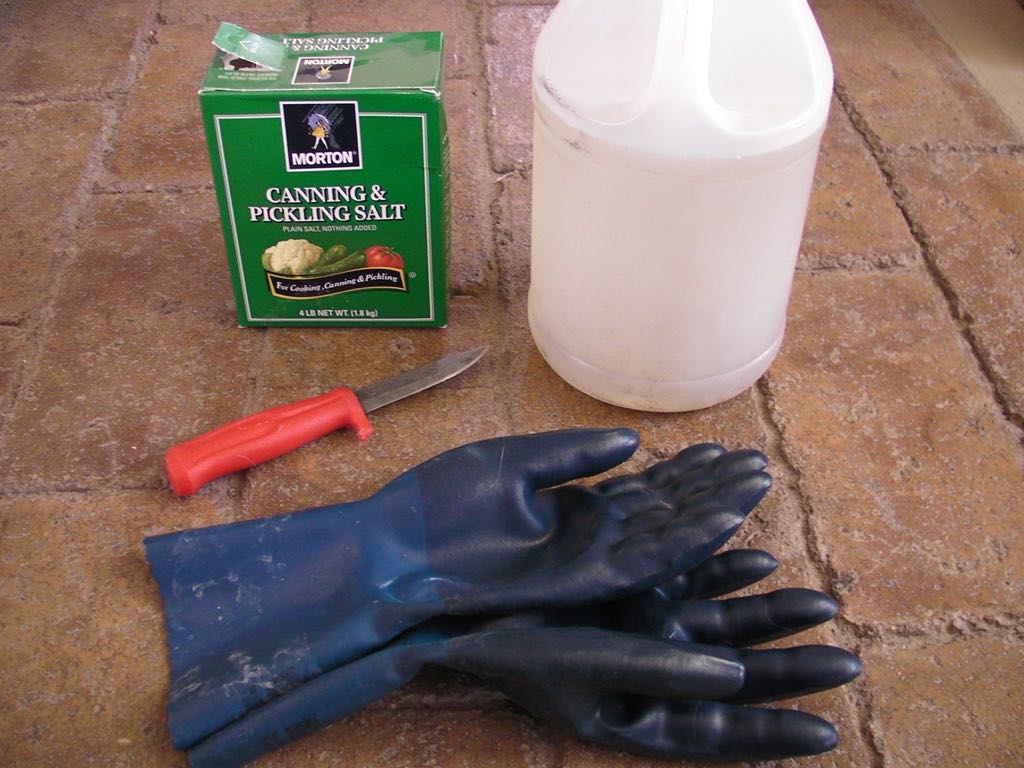
This is followed by pickling in salt and acid brine, then onto the tan bath. 1 pound of coarse or granulated salt (about 1-3/4 cups) 1 ounce of full-strength sulfuric acid, or 4 ounces (1/2 cup) of battery acid (dilute sulfuric acid) You can buy a five-pound sack of.


The skins are now ready for sale or further processing (eg slippers, pillows or bags). tanning technology and an advanced certificate in dyeing of skins. Preserving and Tanning Rabbit Skins - SkyAboveUs. To finish them off, they are ironed with a large mangle to give them a natural shine. Step 1 Defrost your hides Step 2 Acid pickle Step 3 Neutralising the.
Acid tanning rabbit hides skin#
With a combing machine the skins are brushed to make the hair pleasantly soft and wooly.Īll excess leather is cut off by hand to give the skin it's well known shape.įor a last time the skins get combed by hand to get rid of all remaining knots. The measurement isn’t really important just add enough to saturate the hide. Place the hide in a clean bowl or bucket, and add a cup of olive oil. To make the leather side of the skin nice an smooth we polish them with a sander/grinder. Acid tanning also, as said above, is much more durable, and keeps the pelts in much better condition, with the hair more intact than other forms of tanning. Once all the flesh has been peeled from the hide, remove the nails from the hide, and remove the hide from the board. When the skins are dried for more than 90%, they are going through a stretching machine a number of times to make them flexible again. For further drying they are hung in our heated loft for a couple of days. To get rid of all bacteria and to smoothen the skins, they are immersed in a tub of salt, acid, fat and some natural tanning products.īecause the skins are now soaked with moisture, they are wrung with a large wringer. To prevent rotting and hair loss, all residual remains of meat and fat are scraped off with a machine.Īfterwards they are washed again, this time with an environmental friendly detergent and bleach. When we have gathered enough skins, they are washed for an entire night in a tub with warm water and soap to remove dirt from the skin. The raw skins that got through our inspections are stored in brine (salt) to prevent rotting. We only use skins of healthy animals and without any slaughter or dyeing mistakes. My only experience with doing rabbits hides was when I was in my early 20s when I raised rabbits and tanned some hides with battery acid.and tide laundry. When the raw skins come in, they are first inspected for quality by hand. This process involves immersing the skin in a tannic acid solution (chemical.

stretch one end of the pelt to the end of the board and put 2 nails or staples through the pelt, into the board, on the very edge of the skin. lay the skin down in the middle of the board. Just drying & salting, or using borax will not. How does the tanning process work? Many are curious about our company and how the tanning process works, on this page we'll try to explain our process from making raw skins into a high quality beautiful end-product. In this picture, the pelt is not stretched, but the stomach area of the skin has been cut to allow the skin to lay flat. Rabbit hides as well as any other hide you want to use for fly tying needs to be properly tanned.


 0 kommentar(er)
0 kommentar(er)
